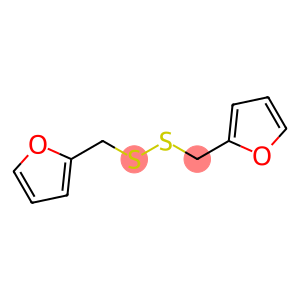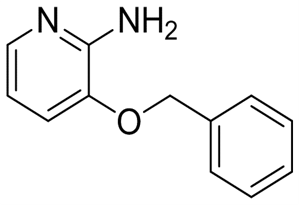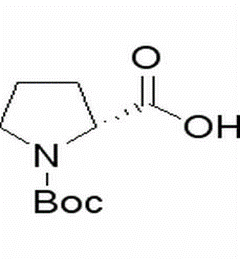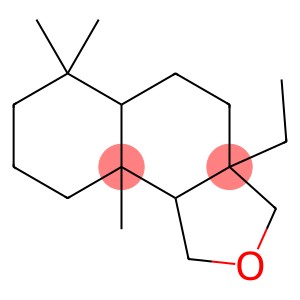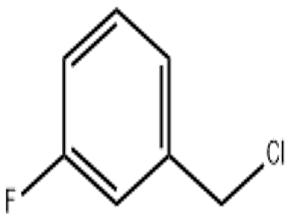Difurfuryl disulfide(CAS#4437-20-1)
| Safety Description | 24/25 – Avoid contact with skin and eyes. |
| UN IDs | UN 3334 |
| WGK Germany | 3 |
| HS Code | 29321900 |
Introduction
Difurfuryl disulfide (also known as difurfurylsulfur disulfide) is an organic sulfur compound. The following is an introduction to its nature, use, manufacturing method and safety information:
Quality:
- A colorless to yellowish liquid in appearance.
- Has a pungent odor.
- Soluble in organic solvents such as alcohols, ethers and hydrocarbons at room temperature.
Use:
- Difurfuryl disulfide is widely used as a catalyst for foaming agents, adhesives, and vulcanizing agents.
- It can be used for vulcanization of polyester resin, which is used to increase the heat resistance and strength of polyester resin.
- It can also be used in the rubber industry to vulcanize rubber to increase its strength and heat resistance.
Method:
- Difurfuryl disulfide is generally prepared by the reaction of ethanol and sulfur.
- The product can be obtained by heating ethanol and sulfur in the presence of an inert gas and then distilling it.
Safety Information:
- Difurfuryl disulfide has a pungent odor and may cause irritation when in contact with the skin, so prolonged contact should be avoided.
- When using or storing, care should be taken to avoid contact with oxidants, acids, and alkalis to prevent dangerous reactions.
- It has low toxicity, but care should still be taken to avoid inhaling its vapors, avoiding consumption and contact with the eyes and mucous membranes.
- Follow good laboratory practice and wear appropriate personal protective equipment such as gloves and goggles when handling difurfuryl disulfide.
- When disposing of waste, it should be disposed of in accordance with local environmental regulations and avoid discharging it into the environment.


